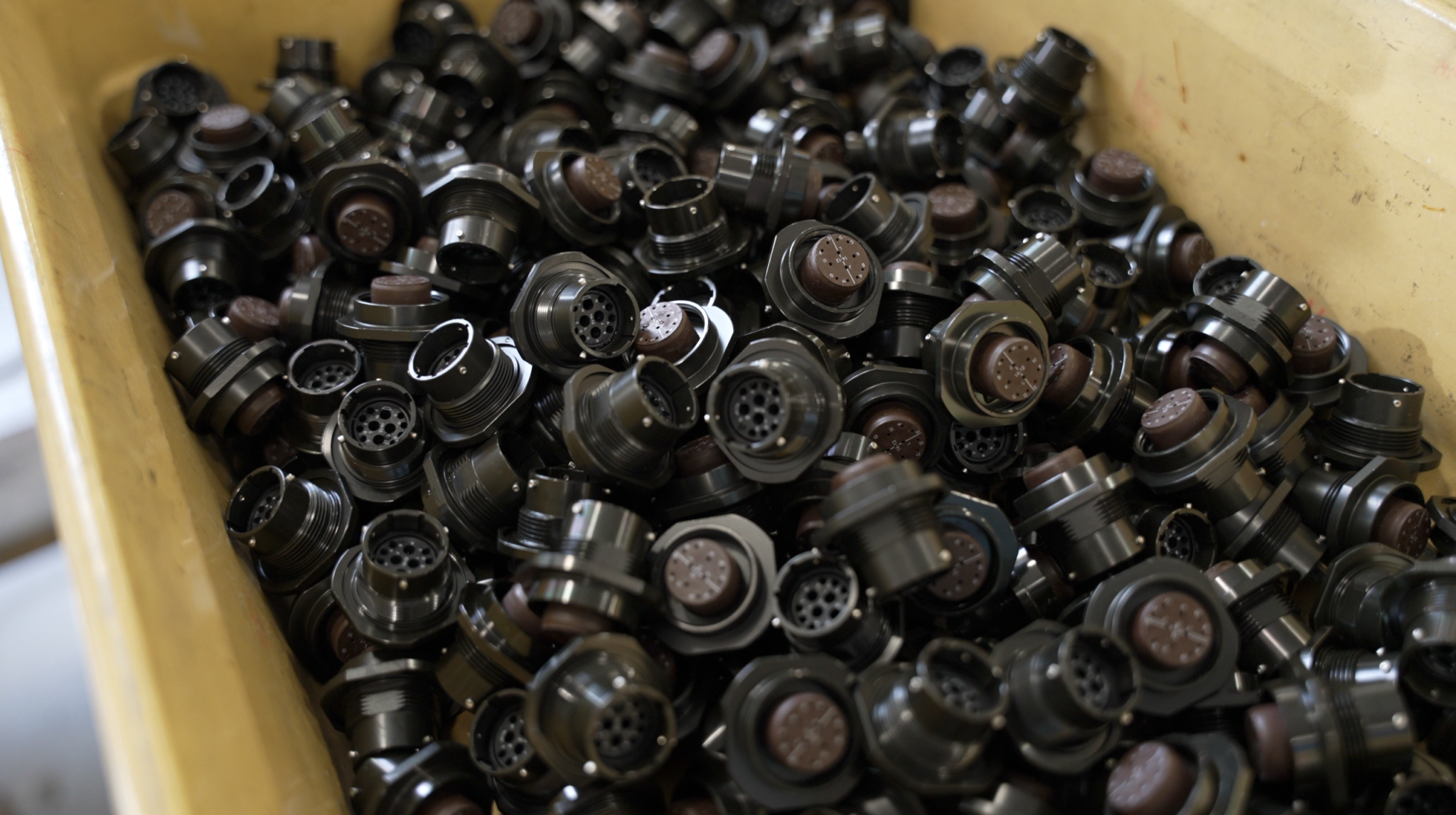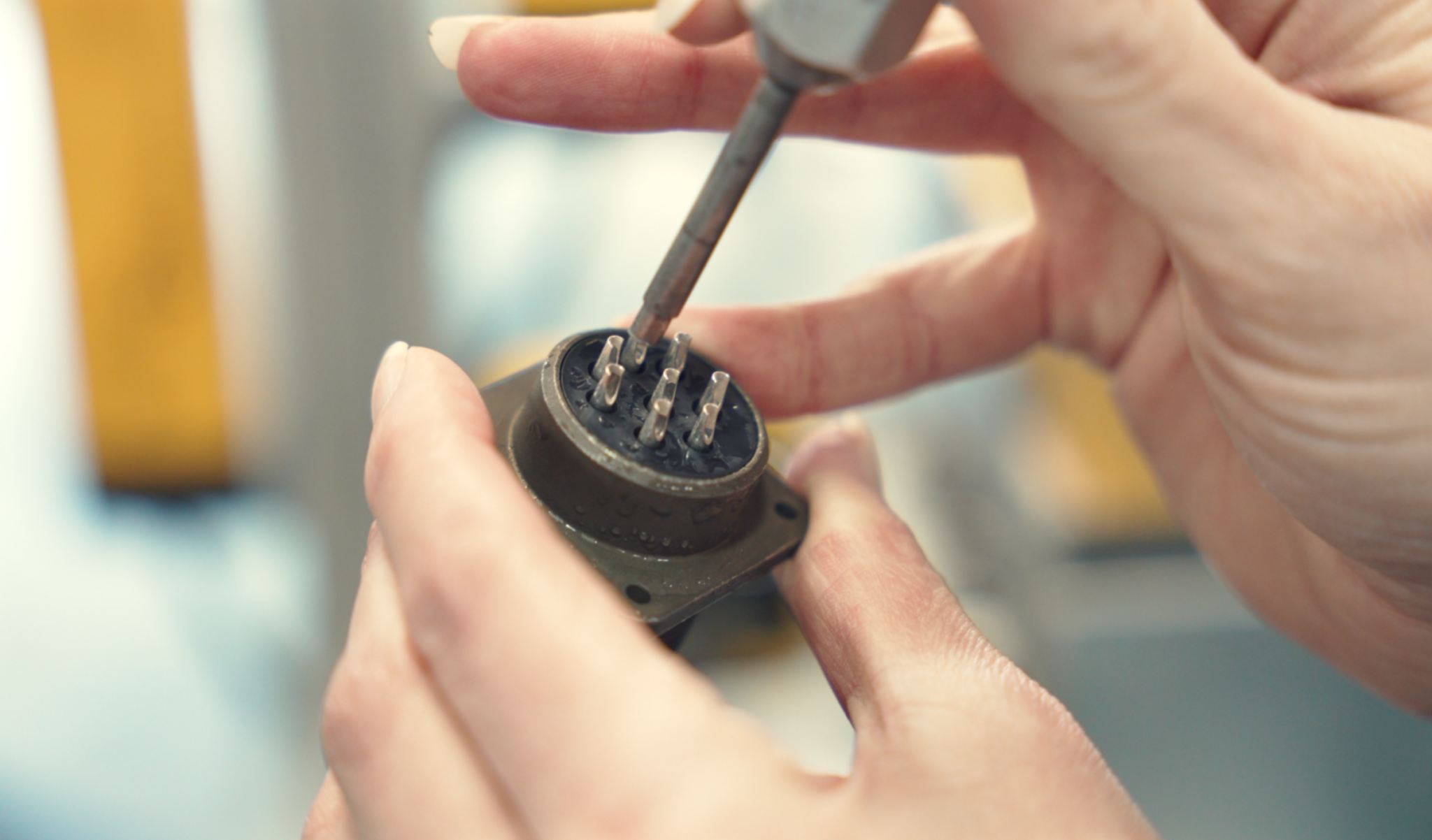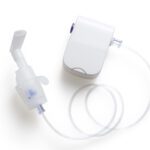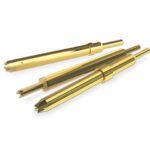The Basics of Electrical Connector Manufacturing
Understanding how connectors are manufactured can help designers and engineers make the right choices for their product designs.
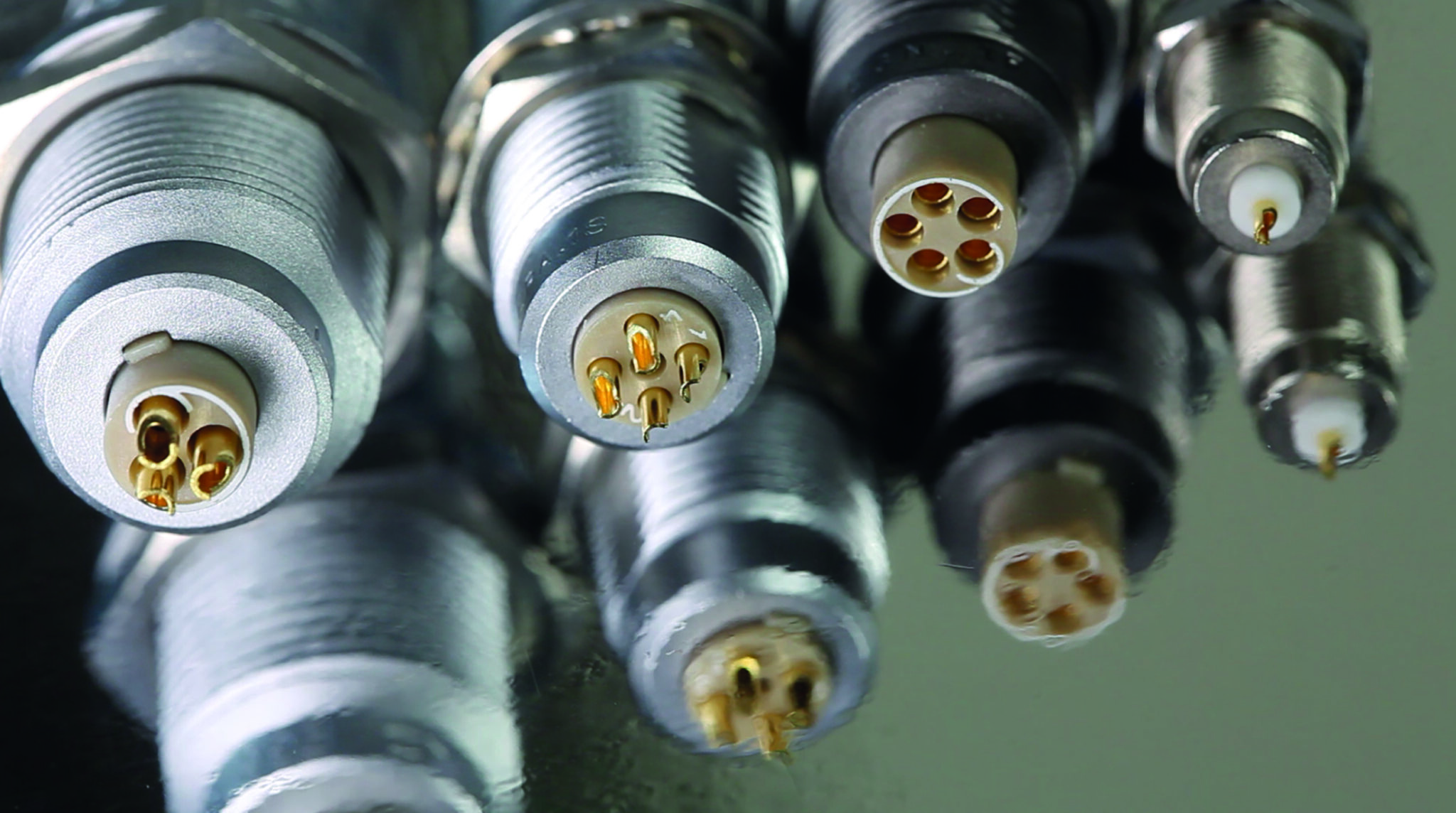
Electrical connectors play a huge role in the ability of electronic devices to perform complex functions in a wide variety of applications. Connectors are continually adapting to accommodate technological advances, meet new standards, withstand harsh conditions, and support design goals such as ease-of-use, cost-effectiveness, and sustainability. With hundreds of different electrical connector types, functionality and performance can be taken for granted. However, the connector manufacturing and assembly process impacts the quality, production timeline, and user friendliness of the end product. Understanding how connectors are manufactured can help designers and engineers make the right choices for their products.
Electrical connector basics
Electrical connectors provide a reliable electrical contact that allows power and signal to flow through a circuit. This is accomplished when the male ends (pins or plugs) and female ends (sockets or receptacles) mate to complete the connection. Using connectors instead of a soldered or permanent, hardwired solution offers many advantages, including flexibility, speed and ease of assembly, and the ability to connect and disconnect sections of connected equipment for upgrade, repair, or temporary use.
The structure or shell of the connector, called the housing, serves two functions. It protects the internal components from external interference and secures the electrical connection. Various materials are used to manufacture the housings. Most often, they are made from molded plastic or metal.
The connector’s contacts, known as terminals, are made from copper or other conductive metal. They are typically plated with metals such as gold or tin for protection, improved conductivity, and to ensure a longer-lasting connection. Material selection for both the shell and the contacts is determined by the application requirements.
Manufacturing connector components
Plastic connector housings are generally made with an injection molding process. First, plastic pellets are melted at high temperature to become liquid polymer. This melted substance is then injected into molds to form into the specific shape, then solidified by cooling. After adequate cooling time, the mold is opened and the formed plastic part is ejected from the mold.
Metal connector housings are made using a similar process called die casting or they are machined out of aluminum or other base metal. If a smooth surface results from either process, the next step is plating; the connector shell is coated with a metal to enhance conductivity and protect against rust and abrasion. The shells are dipped into a pool of metal plating material. Olive drab cadmium, electroless nickel, and black zinc nickel are the most common types of plating material. Next, X-ray fluorescence is used to detect potential issues such as incomplete plating or variations in the plating thickness. Visual testing is also used to reveal any cracks, pits, blisters, excessive build-up around the edges, and a non-uniform appearance. The result is a durable final product.
Connector Insert
The connector insert is the non-conductive material separating the pins from the housing. Metal connector inserts are typically made of a rubber or silicone. The insert prevents electrical issues, such as creepage and clearance, from negatively affecting the contacts.
These electrical issues are less of a concern with connector housings made of plastic or other non-conductive material. In this case, the connector housing can be its own insert, which limits the amount of injection molding processes needed to under-carry. Multiple parts can be injection molded simultaneously.
Quality assurance to detect defects, such as internal stresses, non-uniform thickness, deformation, and clogged sockets, is done with visual inspection and a backlight.
Contacts
Contacts must be produced from a conductive metal. The two main ways they are made are stamping or machining with a CNC machine.
Stamping, a form of sheet metal fabrication, uses thin metal strips and a high-speed stamping press or machine. Three-dimensional shapes are sheared and cold-formed. A coil of sheet metal enters the front end of the automated stamping press and passes through several high-speed dies that progressively shear and bend the sheet metal. This results in a highly accurate shape and dimensions with predictable mechanical properties that is verified by sensors and camera vision systems.
Multiple inspections are performed throughout the connector manufacturing process to ensure and verify that the components are produced without defects. The housing, inserts, contacts, and assembly are all individually tested. At the assembly stage, the connector is checked again to make sure it meets all quality benchmarks and specification requirements for that connector.
Assembling an electrical connector
Assembly is the final stage of manufacturing an electrical connector. At this point, depending on the manufacturer, connectors can be customized with various housings, inserts, and contacts. Distributors may also play a role in the assembly stage. PEI Genesis offers customers this service and has a wide range of available components in stock to quickly create connector products. Watch: Value-Add Assembly.
To learn more about connector assembly and modification options, visit PEI Genesis.
Like this article? Check out our other Contacts and Manufacturing articles, our Medical Market Page, and our 2023 Article Archive.
Subscribe to our weekly e-newsletters, follow us on LinkedIn, Twitter, and Facebook, and check out our eBook archives for more applicable, expert-informed connectivity content.


